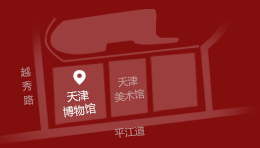西周 克鎛
西周(公元前1046-前771)
高63厘米
鎛是中国古代的打击乐器。椭圆体,平口,四面有透雕夔纹凸棱装饰,鼓部有铭文七十九字,叙述克接受周王的赏赐及命令,沿泾水东到京师巡查。克圆满地完成了任务,又接受车辆和马匹的赏赐,因而作此器,以追念逝去的祖先,并祈求幸福。此器是出土的克氏青铜器中唯一的一件镈,器型完整,纹饰精美,气势宏伟。
相传清光绪十六年(1890 ),在陕西省扶风县法门寺任家村出土了一批西周晚期青铜器,计有大克鼎一件,小克鼎七件,克钟五枚,还有克盨等多件器物。本馆藏其中三件,分别为克镈、克钟、小克鼎。由于这些器物都是西周厉王时期一个叫克的贵族铸造的,所以这批器物称为克氏青铜器。克原为姬姓,是周王室的宗族。这批克氏青铜器是研究西周晚期政治制度及军事活动的重要史料。
Ke clan bo(percussion instrument)
Western Zhou dynasty(1046-771 BC)
This oval-shaped percussion instrument has a flat mouth, and openwork decoration of protruding flanges with kui demon designs. The drum of the instrument is inscribed with 79 characters. The vessel is complete, with exquisite decoration and a sense of imposing majesty.
It is believed that a collection of late Western Zhou bronze wares were excavated at the Famen temple, in Renjia Village, Fufeng Country, Shaanxi Province in 1890(the 16th year of the Guangxu period of the Qing dynasty). Among them were one large Ke ding, seven small Ke dings, five Ke zhongs(bells), and a Ke xu(food vessel). Three of these wares are in the museum: a Ke bo, Ke zhong and small Ke ding. These bronze wares of the Ke clan provide important evidence for research into the political systems and military activities of the late Western Zhou period.

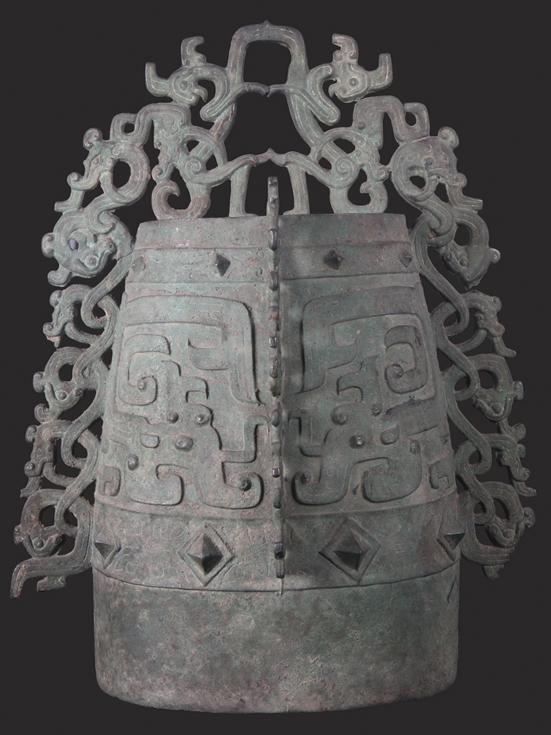
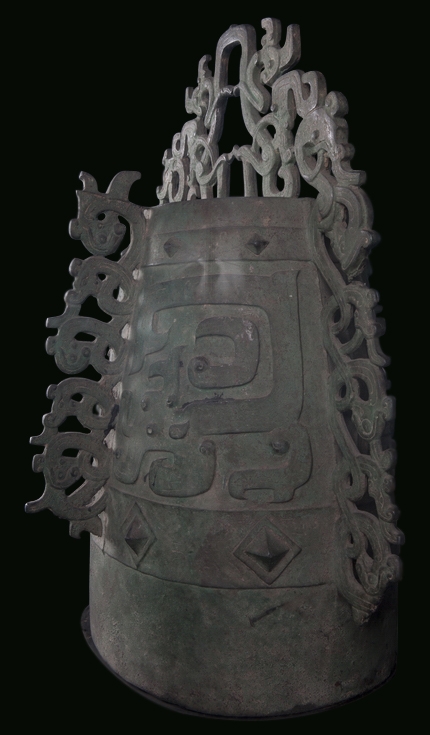
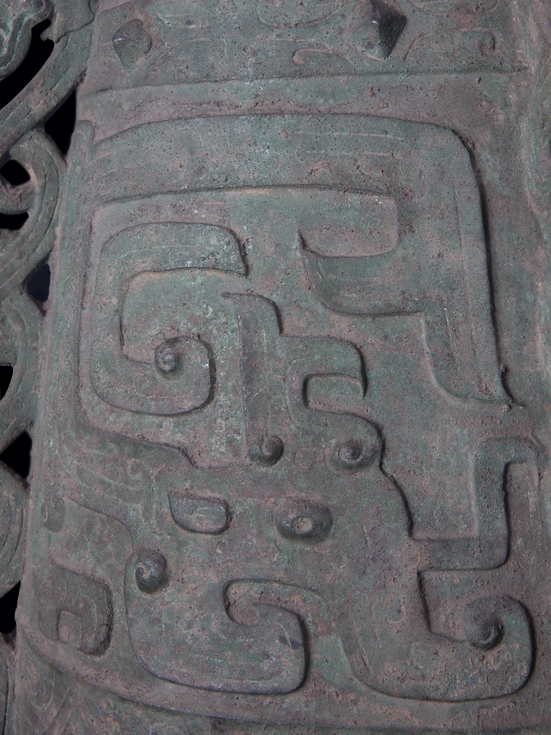
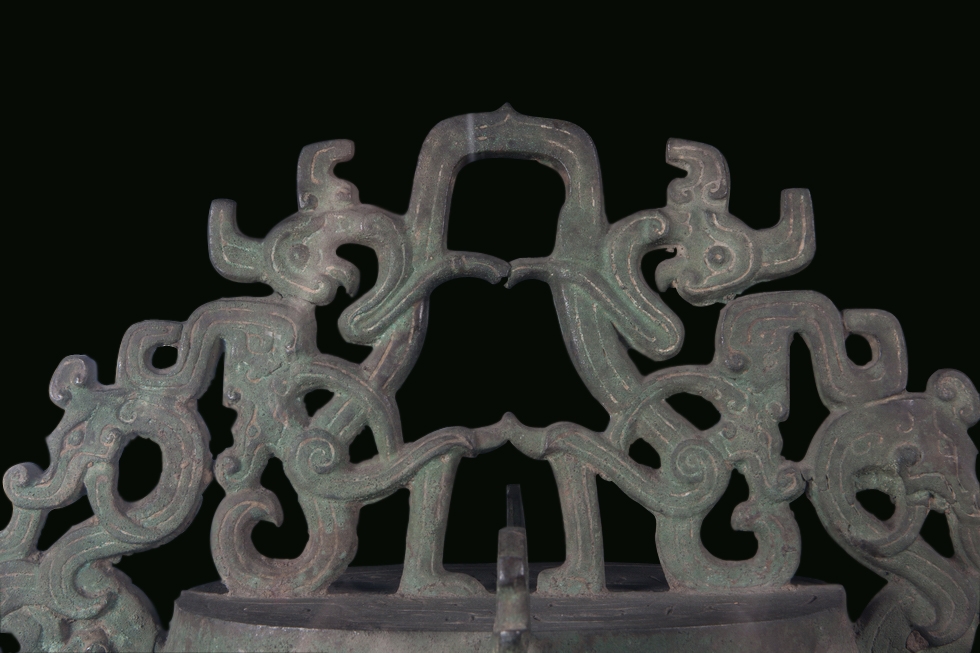






 电话:022-83883000
电话:022-83883000 传真:022-83883088
传真:022-83883088 地址:天津市河西区平江道62号
地址:天津市河西区平江道62号